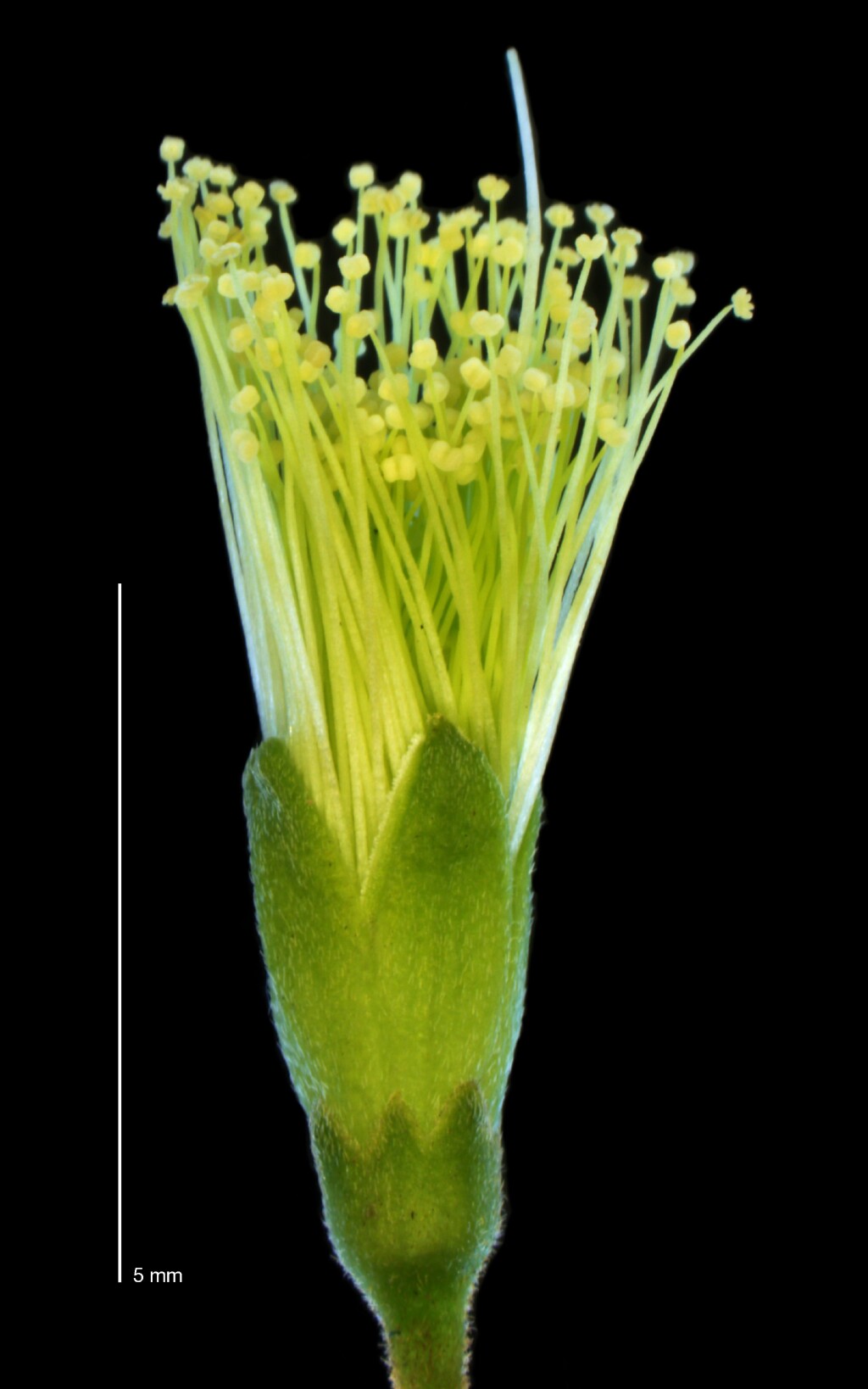Paraserianthes
Small trees or shrubs. Leaves bipinnate; stipules bristle-like, not persistent (in Victoria). Inflorescence a pedunculate, axillary spike or raceme. Flowers numerous, greenish-yellow (in Victoria); sepals 5, united; petals 5, usually small, inconspicous; stamens many (more than 10), exserted, united into tube at base; ovary subsessile or shortly stalked. Pod oblong, straight-edged, flat; seeds ovate or orbicular, with a thread-like funicle.
One species with two subspecies. P. lophantha subsp. montana is confined to Indonesia.
Previously regarded as a genus of 4 species, Brown et al. (Cladistics 27: 380-390 (2011)), using DNA analysis, showed that species other than P. lophantha did not belong to a strictly defined Paraserianthes, but instead to its sister genus Falcataria (I.C.Nielsen) Barneby & J.W.Grimes. They further showed that Paraserianthes was the genus most closely related to the very large, mostly Australian genus Acacia Mill.
Entwisle, T.J.; Maslin, B.R.; Cowan, R.S.; Court, A.B. (1996). Mimosaceae. In: Walsh, N.G.; Entwisle, T.J., Flora of Victoria Vol. 3, Dicotyledons Winteraceae to Myrtaceae, pp. 585–658. Inkata Press, Melbourne.
 Spinning
Spinning



